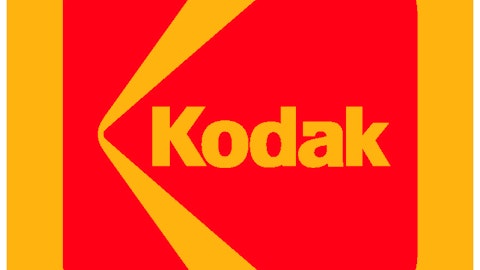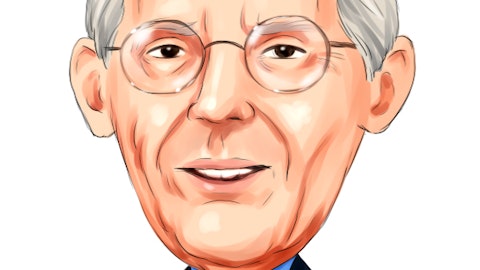Warren Buffett strategy: If his recent impersonation of Breaking Bad’s Heisenberg has shown us anything, it is now clearer than ever that Warren Buffett is one tough dude. He’s one of the most widely emulated investors in the financial world, and aside from maybe the President and the acting Fed chairman, Buffett’s words have historically moved markets like only a few others can.
In the media, the billionaire’s stock picks are scrutinized endlessly, and with a portfolio of nearly $90 billion invested in U.S. equities, this over-analysis is usually for the better. In fact, we discussed the market-beating potential of Buffett’s small-cap gems here on MarketWatch last week, though we think one group of investors might have felt left out.

We’re talking to you, dividend investors. Warren Buffett has plenty of holdings that pay consistent income to their shareholders, and there are a few that stand above the rest for two reasons: (1) they sport payout ratios below industry norms, and (2) dividend payments have at least doubled in the past five years. Let’s see how you can get what we like to call “Buffett yield,” i.e. dividend yield with strong potential to expand in the future.
Wells Fargo
The largest holding in Buffett and Berkshire’s equity portfolio that fits both criteria is coincidentally his biggest bet overall: Wells Fargo & Co (NYSE:WFC). The banking giant overtook The Coca-Cola Company (NYSE:KO) for his No. 1 spot in the fourth quarter of last year. It now represents a $19.1 billion investment for Buffett, good for 8.7% of Wells Fargo’s outstanding shares.
The bank offers investors a dividend yield of just below 3%, nearly three times what it paid in the first quarter of 2012. A payout ratio of 26% indicates that Wells Fargo has more room to increase dividends in the future, and the banking industry’s average is nearly five percentage points higher. Operating cash grew by 330% last year, with cash from financing registering a similar growth, and price-to-cash per share data indicates that Wells Fargo trades at an extreme discount—about one-third below its historical five year average.
U.S. Bancorp
Another holding to keep an eye on is U.S. Bancorp (NYSE:USB). The regional bank represents a smaller position than more publicized Buffett picks like American Express Company (NYSE:AXP) or Coca-Cola, but like Wells Fargo, it offers the attractive combination of a low payout ratio with extreme dividend growth. Generally speaking, payout ratio percentages in the retail banking space sit in the mid-30s, and U.S. Bancorp pays about 28% of its earnings out as dividends. The bank’s quarterly dividend has grown from 5 cents per share in 2010 to 23 cents per share this quarter and it currently yields 2.5%.





